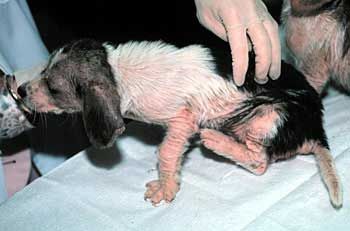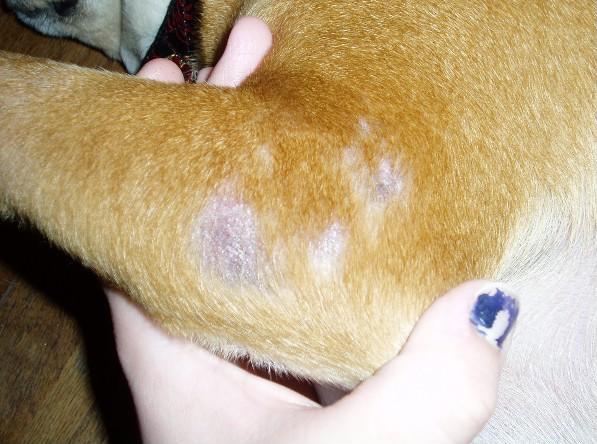There are hundreds of
dog shampoo products and dog product manufacturers. Because of this, many dog owners find it difficult to choose one that fits their dog's needs the best. It is important to take note that human shampoo, no matter how expensive, elegant, or mild, is not appropriate for a
dog's hair.
Human hair and dog hair have very different genetic structure that should be treated with care. Presently, you may have your trusted dog shampoo brand, but please two minutes to read this short guide in order to make sure that the product you chose is the best shampoo for your dog.
How To Decide?
There are five factors that you must consider in choosing the
best dog shampoo-the quality, the promised efficacy, the ingredients, the fragrance, and of course, the price.
QUALITY - When it comes to the shampoo's quality, test how the dog responds to the product, and see for yourself if bathing your dog with this
shampoo is easy or not. It's very important that the shampoo you choose can be lathered and rinsed well.
EFFICACY - By promised efficacy, it means that the product should highlight the desired results that it presented in the package. A dandruff
shampoo, a shiny coat shampoo, a moisturizing shampoo, a hair growing shampoo and many other types must fulfill the promise that they leave to the consumers.
INGREDIENTS - As much as possible, owners must choose shampoos that are
hypoallergenic. This type of product contains mild ingredients that do not irritate the skin and produce serious allergic reactions. Choosing products with natural ingredients is also recommended, as biological conservation and eco-friendliness have also become pressing concerns today. Some of the most popular natural and organic ingredients used in dog shampoos today are aloe vera, peppermint, burdock, and shea butter.
It is important to take note though that many
dog shampoos are not mild and natural, in as much as these dog products are aimed to cure certain skin conditions. There are shampoos for dogs suffering from itchiness caused by ant bites, fleas, ticks, and many other insects. There are also shampoos for dogs experiencing skin inflammation, wounds, and hair loss. Serious skin conditions, it must be emphasized, are a veterinarian's business. Over the counter dog shampoo medications sold at pet supply stores are only for mild cases.
FRAGRANCE - The dog must feel homey, and this can be heightened by choosing the best dog shampoo whose fragrance is sweet and reminds the dog of his or her home. In picking a scent, choose something similar to the smell of home-the smell of jasmine, or orange, or strawberry, or lavender, or anything that reminds the dog that it is indeed at its home sweet home.
PRICE - The price of the product should also be a concern, but it is advised to check the label first before worrying about the tag price. Since the bottle will be consumed in perhaps two to three months, it is better to put in the basket something that is mid-range or expensive in price but very worthy to be used than a less-expensive one that does not show satisfying results.
***************
Brandon Roe is the author of "The Official Dog Coat and Skin Care Guide", a comprehensive 52-page guide to healthy dog skin. To receive your complimentary copy FREE today, visit www.K9KlearUp.com
 If you wish to have a pet dog but you suffer from allergies, it is not hopeless case. Like most people who are afflicted with some type of allergy, be it food, plant, or animals, you can still find a way to enjoy your life, which in a lot of cases, includes having a pet or two. Depending on how severe your allergy case is, you may be able to take a dog as a pet as long as you make an effort to find the dog breed that is suitable for you.
If you wish to have a pet dog but you suffer from allergies, it is not hopeless case. Like most people who are afflicted with some type of allergy, be it food, plant, or animals, you can still find a way to enjoy your life, which in a lot of cases, includes having a pet or two. Depending on how severe your allergy case is, you may be able to take a dog as a pet as long as you make an effort to find the dog breed that is suitable for you. 





























